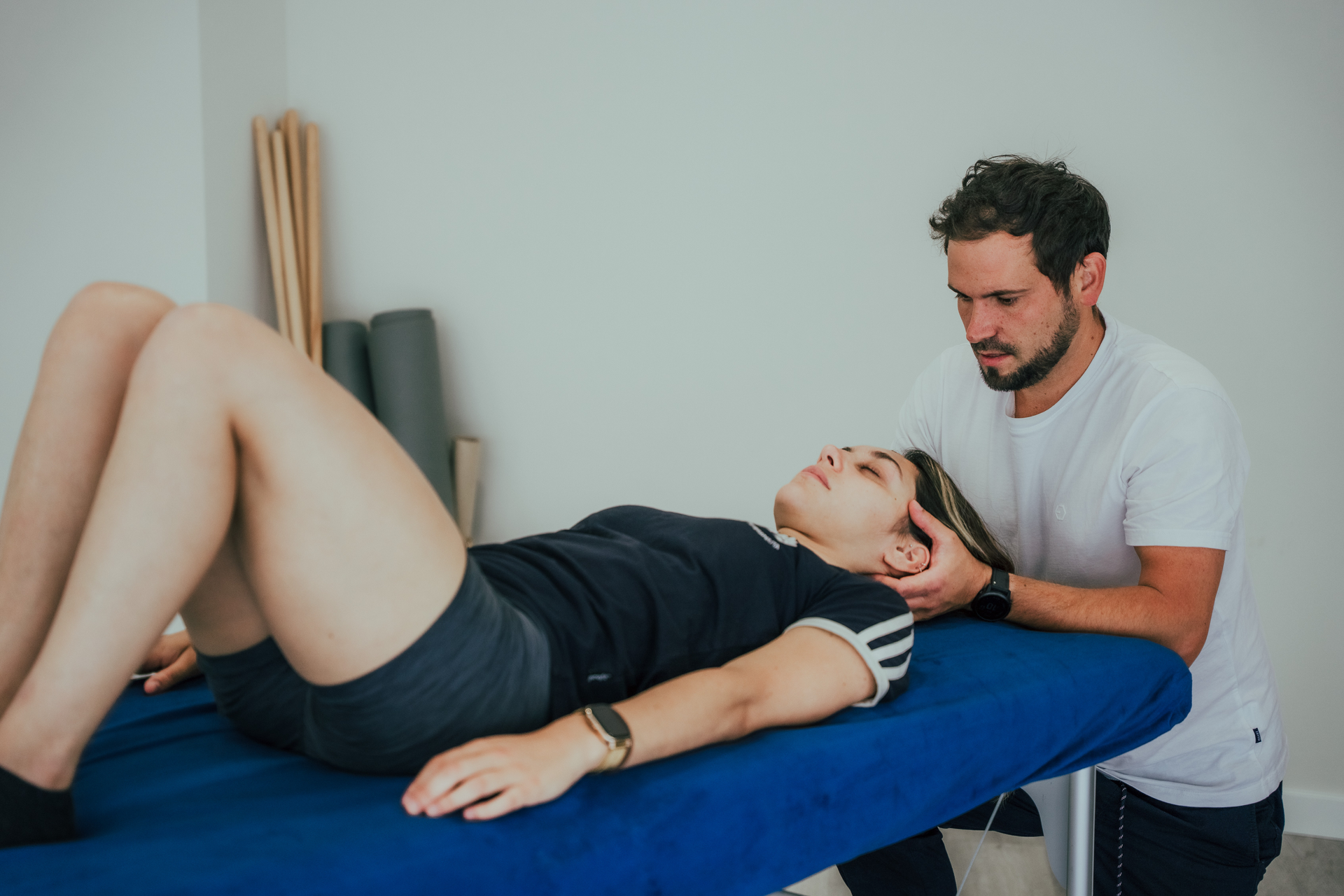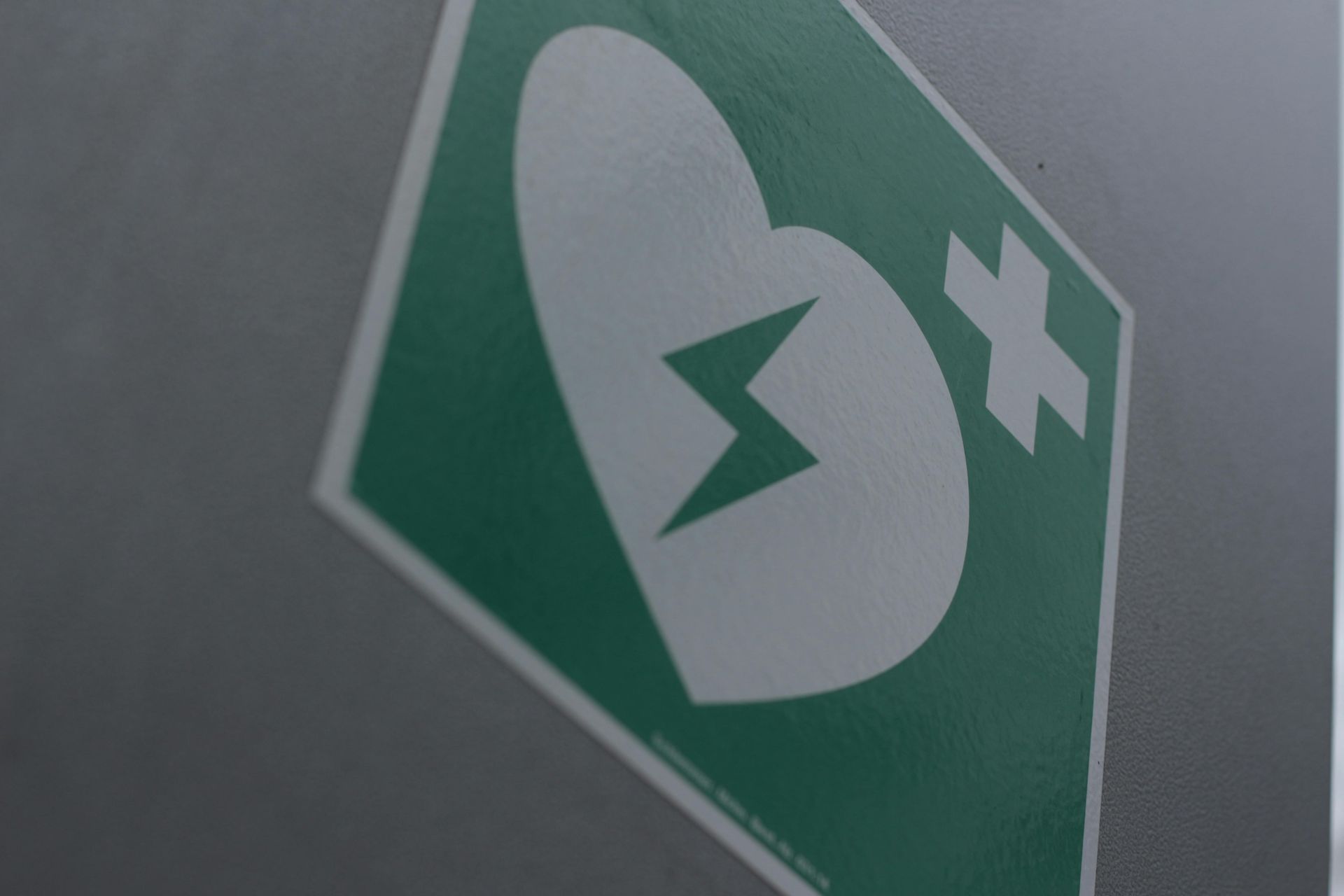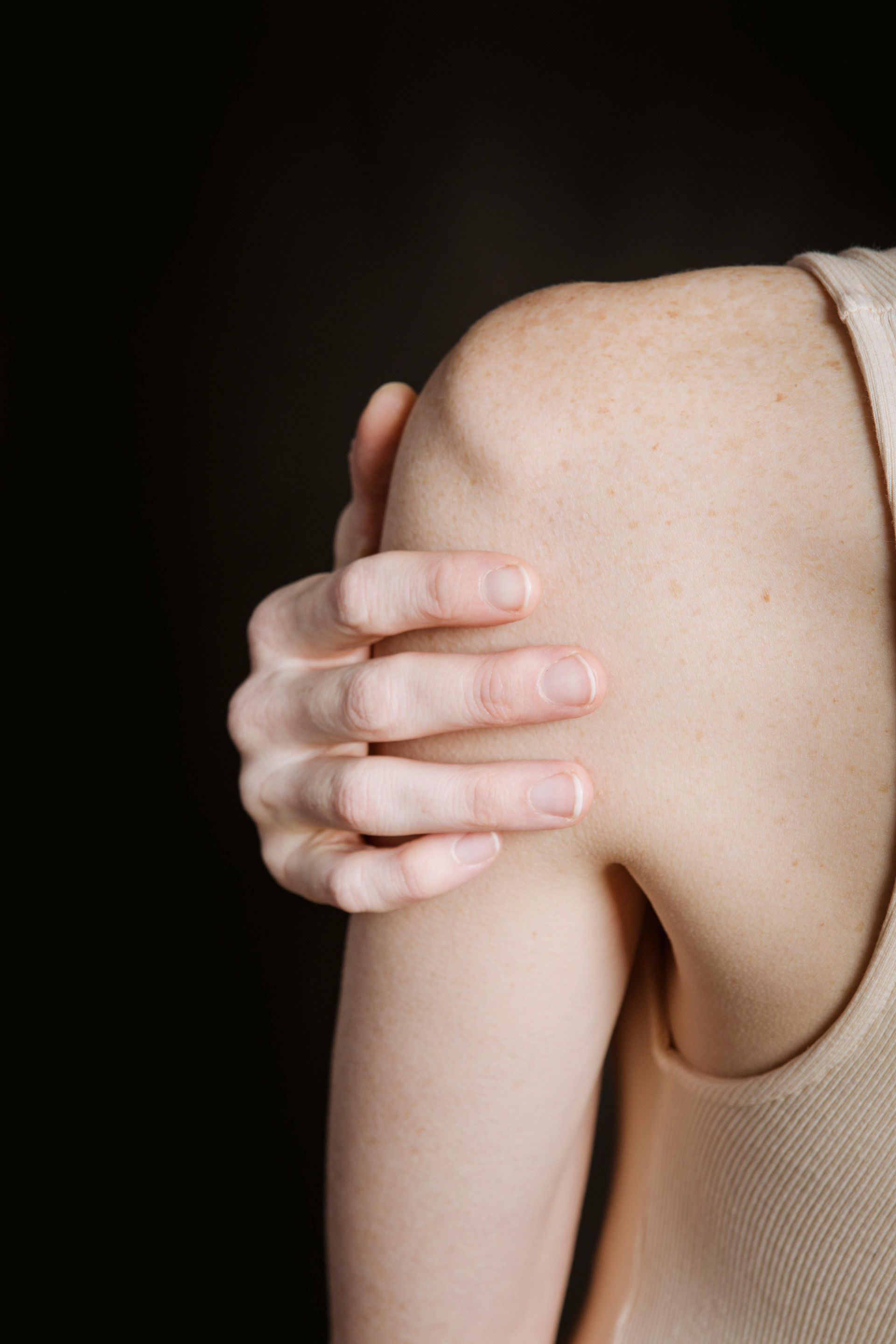Early Rehabilitation is Crucial After Surgery:
2025
Why Early Rehabilitation is Crucial After Surgery: Especially After Total Knee Replacement and Amputation

Why Early Rehabilitation is Crucial After Surgery: Especially After Total Knee Replacement and Amputation
When it comes to surgical recovery, time is movement. One of the most important factors in achieving the best possible outcomes after procedures like Total Knee Replacement (TKR) or limb amputation is starting rehabilitation as early as possible. Early physiotherapy is not just beneficial—it is essential to avoid long-term complications, speed up recovery, and restore quality of life.
The Importance of Early Post-Surgical Rehabilitation
Whether you've undergone orthopedic surgery like a total knee replacement or a life-changing amputation, the first days and weeks post-op are critical. Without timely physiotherapy intervention, patients risk developing joint stiffness, muscle atrophy, poor circulation, and even psychological issues such as depression or anxiety due to immobility and pain.
Early rehab helps to:
- Prevent muscle wasting and joint stiffness
- Improve circulation and wound healing
- Reduce pain and swelling
- Enhance balance and coordination
- Promote faster return to daily activities
Why Early Rehab Matters After Total Knee Replacement (TKR)
After a Total Knee Replacement, the goal is to regain knee function, strength, and flexibility as quickly and safely as possible. Many patients mistakenly believe they need to rest for long periods, but the opposite is true—controlled movement accelerates recovery.
Benefits of starting rehab early after TKR include:
- Improved range of motion and reduced risk of joint stiffness
- Faster gait training and return to walking
- Lower risk of blood clots or deep vein thrombosis (DVT)
- Better long-term functional outcomes
Pro tip: Physiotherapy should ideally start within 24–48 hours post-surgery under a licensed professional.
Why Early Rehab is Vital After Amputation
Recovering from an amputation is not only about physical healing—it’s a journey of adaptation and regaining independence. Early rehabilitation after amputation plays a central role in helping patients cope physically and emotionally.
Key goals of early post-amputation physiotherapy:
- Maintain range of motion and prevent contractures
- Strengthen muscles in the residual limb and the rest of the body
- Begin mobility training with or without assistive devices
- Prepare the limb for prosthetic fitting
- Support emotional adjustment through guided movement
Starting physiotherapy early helps optimize prosthetic use, improves overall mobility, and sets the foundation for long-term independence.
What Does Early Rehab Involve?
Every rehabilitation program should be tailored to the patient, but early post-surgical rehab typically includes:
- Gentle range-of-motion exercises
- Pain and swelling management
- Muscle strengthening
- Gait and balance training
- Education and psychological support
At [Your Clinic Name], we design individualized physiotherapy programs based on each patient's surgical history, current condition, and recovery goals. Our goal is to help you move better, heal faster, and return to the activities you love.
Don’t Delay Your Recovery
The sooner you start physiotherapy, the better your chances of achieving full recovery. Whether you've had a knee replacement or a limb amputation, early rehabilitation can make the difference between a slow, painful recovery and a faster, more successful return to life.
To book your post-surgical assessment and take the first step toward recovery.




